Van Gogh facing himself: the self-portrait as a mirror of the soul
And if painting one's own face became a silent scream, a way to survive?
Through his self-portraits, Vincent van Gogh does not seek to represent himself, but to reveal himself. Each brushstroke is a confession, each gaze a silent prayer in the face of inner chaos.
At Alpha Reproduction, we believe that art is a dialogue between the visible and the invisible. However, in the approximately 40 self-portraits that Van Gogh left, it is precisely this tension between appearance and raw emotion that fascinates.
Far from commissioned portraits or classic pose studies, Van Gogh's self-portraits are open windows into his tormented soul, a way for him to confront his doubts, his pains, and his solitude.
In this blog, we invite you to explore the emotional depths of these moving works, to understand what each gaze, each color, each nervous stroke reveals.
More than a pictorial analysis, it is an intimate encounter with the man behind the legend.
🖼️ Why did Van Gogh use the self-portrait as an emotional outlet?
The reflection of constant introspection
For Vincent van Gogh, painting himself was not a narcissistic act, but a vital need.
Without models available, and with limited means, he often used his own reflection as a study subject. But very quickly, this exercise becomes much more than a practical solution: it is a self-exploration, an attempt to shed light on what, within him, remained unspoken.
The self-portrait thus becomes a silent journal, a mirror where he projects his emotions, his wounds, his hopes, and his inner fractures.
Van Gogh wrote to his brother Theo:
“One can never truly know oneself; but one must strive to understand oneself through one's work.”
And this is precisely what he did, canvas after canvas, transforming his own face into a true emotional landscape.
🎭 Painting as a testimony of his inner turmoil
The expression of pain and solitude
For Van Gogh, the painted face does not seek to seduce, but to testify.
In his self-portraits, the gaze speaks as much as the color, translating a fluctuating state of mind, often inhabited by melancholy, anxiety, or a form of fragile hope.
Sometimes direct, sometimes elusive, the artist's eye seems to question the world, but also to seek himself. Countless works reveal how the tension contained in the features of the face exposes a silent inner battle.
The clothes he chooses — artist jackets, simple garments, sometimes even bathrobes — are not trivial. They become outward signs of a role: that of the painter in search of truth, that of the man flayed alive, that of the survivor.
The often neutral or swirling background reinforces this feeling of psychological isolation, leaving the face naked, exposed, vulnerable.
Each famous self-portrait by Van Gogh is thus a raw testimony, an attempt to capture not what he is, but what he feels.
A work of art? Yes. But also a silent letter addressed to the world.
🎨 Techniques and colors in the service of emotion
Brushstrokes: the nervousness of the stroke as an inner language
For Van Gogh, the brush is an extension of the soul.
In his self-portraits, one notices gestures that are sometimes jerky and raw, sometimes more fluid and thoughtful, revealing his mental state at the moment of painting.
When anxiety is strong, the stroke becomes nervous, choppy, almost violent, as if it were necessary to extract the pain by forcing the material. Conversely, in periods of relative calm, the touch becomes more regular, more contained, reflecting a desire for mastery.
The texture of the paint, sometimes thick and tormented, sometimes lighter, reflects these oscillations.
He does not seek academic perfection, but expressive sincerity.
The color palette: from the gray of Paris to the blues of Arles
The use of color in Van Gogh's work is anything but decorative: it is an emotional tool.
In Paris, his self-portraits display dark tones, grays, cool greens, influenced by the Impressionist schools.
But as soon as he arrives in Arles, the palette ignites: bright yellows, saturated blues, deep oranges convey a new intensity, both exalted and fragile.
The blue, particularly in the self-portraits from Saint-Rémy, becomes a dominant color. It evokes not only sadness but also a form of quest for calm, like an attempt to dissolve into something greater than oneself.
Every chromatic choice, every variation in light or shadow, seems dictated not by an aesthetic logic, but by an inner necessity.
With Van Gogh, color feels before it shows.
🧩 Three iconic self-portraits decoded
🎩 Self-Portrait with Gray Felt Hat (1887)
Peint durant son séjour à Paris, cet autoportrait marque une période de transition stylistique. Van Gogh y découvre l’impressionnisme, et cela transparaît immédiatement dans sa manière de peindre.

The brushwork is quick, nervous, but more controlled than in his early Dutch works. The background, slightly streaked with colored strokes, testifies to a mind in motion.
His fixed and penetrating gaze seems to scrutinize us as much as he questions himself.
The palette is cold — grays, greens, blues — and the emaciated face, as if he were painting the mental weariness of a man still searching for his place.
In this painting, Van Gogh asserts his identity as an artist, while allowing a form of inner fatigue to filter through. It is a work of silent struggle and contained tension.
🩹 Self-Portrait with Bandaged Ear (1889)
Certainly one of the most famous — and most poignant — self-portraits.
Painted in Arles, just after the dramatic episode where Van Gogh mutilated his ear, this painting is a declaration of survival.
His gaze does not seek the viewer: it flee, absorbed in a pain that no word could express. The bandage, the stripped background, the cold palette — everything evokes the withdrawal into oneself, the attempt at reconstruction.
And yet, Van Gogh shows himself painting, thus affirming that art remains his refuge.
It is a tragic work, but also of a heartbreaking dignity, where the wounded man continues to create, to testify, to exist.
🔵 Self-Portrait with a Blue Background (1889)
Created during his stay at the asylum of Saint-Rémy-de-Provence, this self-portrait is among the last he painted.
The face is motionless, almost static, and yet, everything in the color speaks.
The blue of the background, deep and swirling, seems to absorb the painter's thoughts.
The contrast between the rigidity of the posture and the movement of the background evokes a tension between apparent calm and inner turmoil.
The gaze is less harsh, almost resigned, yet not devoid of a strange peace.
This painting no longer shows a man in struggle, but a man who accepts, without renouncing.
It is a work of fragile balance, where painting becomes a space of silence and dignity.
🌍 Artistic heritage: why do Van Gogh's self-portraits still resonate today?
A universal mirror of human emotions
What is striking in Vincent van Gogh's self-portraits is not the anatomical fidelity, nor the technical perfection.
It is humanity laid bare, the truth without a mask, the raw gaze of a man who is searching for himself and confronting himself.

Each of these self-portraits functions as an emotional mirror: facing them, the viewer projects themselves, sometimes recognizing themselves in an expression, a silence, a tension.
Van Gogh's vulnerability becomes a universal language, transcending time, places, and styles.
This is how his work still touches us today: it speaks to the intimate, to what is truest in us.
A lasting influence on modern and contemporary art
Van Gogh's self-portraits have not only moved: they have inspired.
From the early decades of the 20th century, many expressionist artists, such as Egon Schiele or Francis Bacon, drew from this way of painting the inner truth, rather than the outer appearance.
By breaking the academic codes of the classical portrait, Van Gogh paved the way for a more personal, introspective, and emotional art.
Even today, photographers, illustrators, and painters cite his self-portraits as an essential reference, not for their accuracy, but for their sincere intensity.
Van Gogh never saw himself as he was — but as he felt.
And it is this truth that makes his self-portraits a work that is always alive, always relevant.
🖋️ Conclusion – The self-portrait: Van Gogh's ultimate confession
Through his self-portraits, Vincent van Gogh does not simply show us his face — he delivers to us his deepest intimacy.
His paintings do not seek to seduce, nor to flatter, but to express.
To express what overflows, what trembles, what hopes, what bleeds.
He paints not to be seen, but to be understood.
These famous self-portraits are much more than works of art: they are acts of courage, words painted for lack of being able to say them, testimonies of a life spent fighting to exist fully.
At Alpha Reproduction, we believe that this intensity should not be confined to museums.
That’s why we offer hand-painted reproductions, faithful in emotion as well as in color, carefully made in oil on canvas.
Treat yourself to a certified Van Gogh artwork reproduction, and bring into your home the poignant power of a unique self-portrait, a witness to a moving humanity.
And what if you too let a self-portrait of Van Gogh watch over your daily life — like a silent echo of your own emotions?
📚 FAQ – Self-Portraits of Vincent van Gogh
🟡 How many self-portraits did Van Gogh create?
It is estimated that Vincent van Gogh painted between 30 and 40 self-portraits during his lifetime.
He used his own reflection both as a model, as an emotional outlet, and as a technical exercise.
This series today constitutes one of the most powerful collections of self-portraits in the history of art.
🟢 What is Van Gogh's most famous self-portrait?
The Self-Portrait with Bandaged Ear, painted in 1889 in Arles, is undoubtedly the most iconic.
Created shortly after an episode of psychotic crisis, it intensely expresses the pain, solitude, and resilience of the artist.
🔵 Why did Van Gogh paint so many self-portraits?
Van Gogh suffered from lack of models due to his financial difficulties, but painting his face also allowed him to explore himself internally.
Each self-portrait is an attempt to capture a state of mind, a way to better understand one's own emotions.
🟣 Where can we see an original self-portrait by Van Gogh today?
Van Gogh's self-portraits are displayed in several major museums around the world, including:
-
The Musée d’Orsay in Paris,
-
The Van Gogh Museum in Amsterdam,
-
The Art Institute of Chicago in the United States.
🟠 Can we buy a hand-painted reproduction of a self-portrait by Van Gogh?
Yes, at Alpha Reproduction, we offer high-quality hand-painted oil on canvas reproductions.
Each painting is carefully crafted, delivered with a certificate of authenticity, and can be customized in size or with framing.
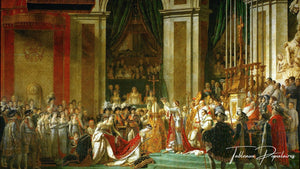
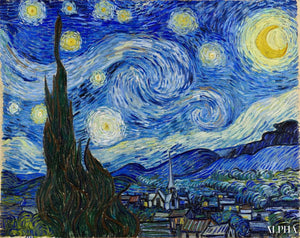
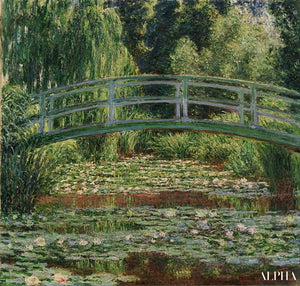
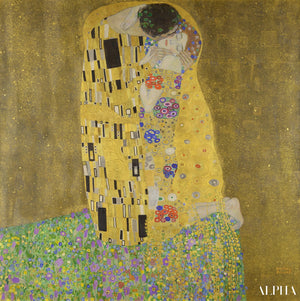
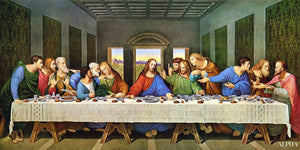
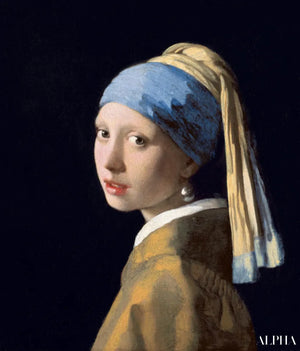
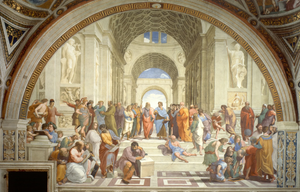
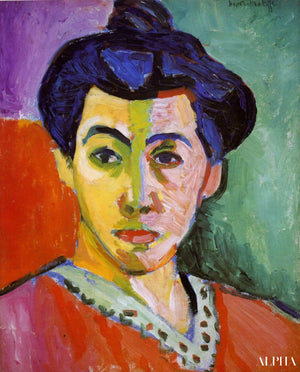
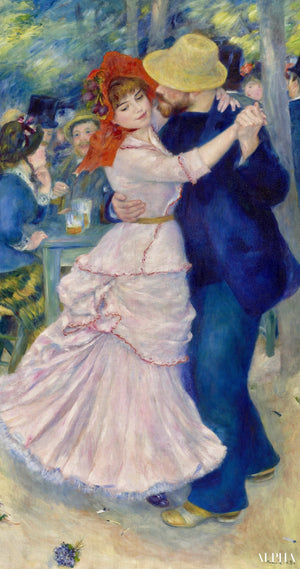


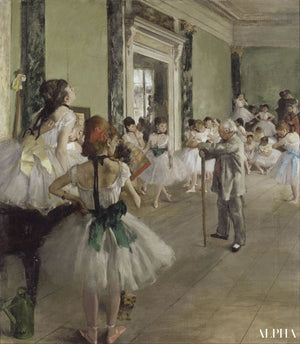
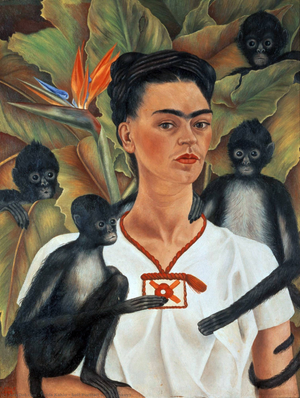
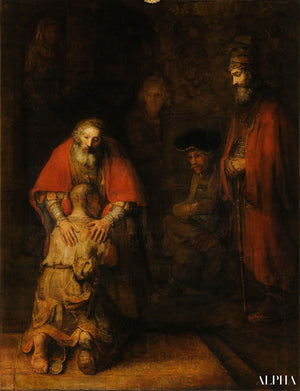

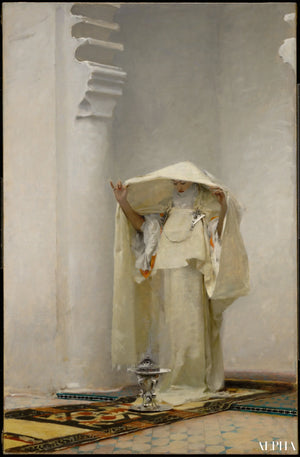
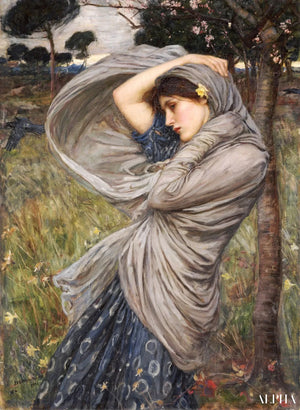

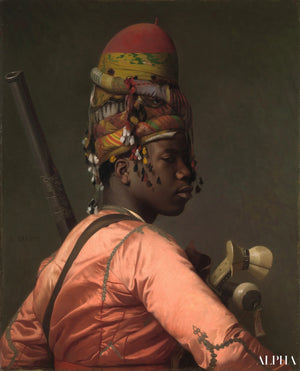





0 comments